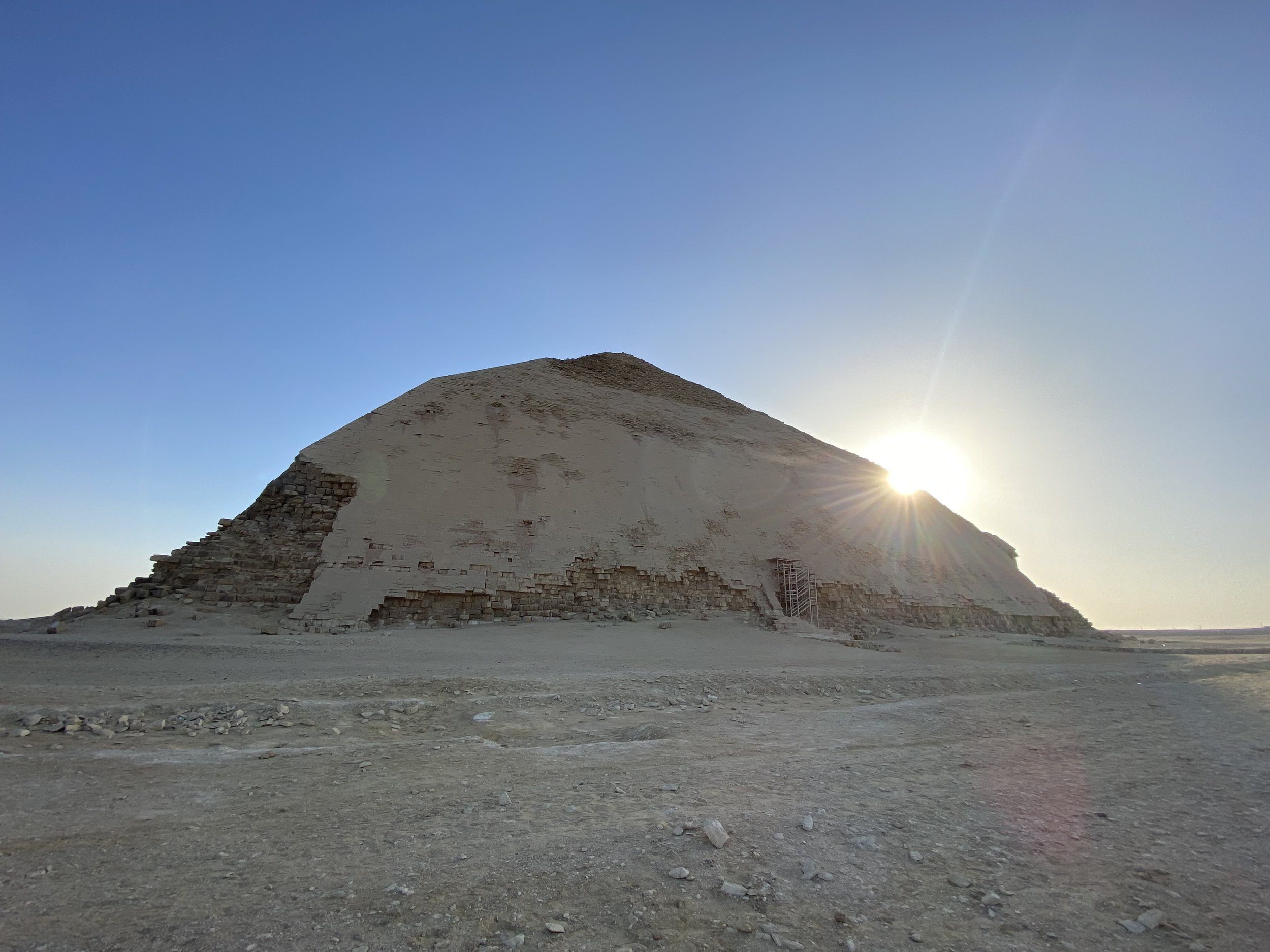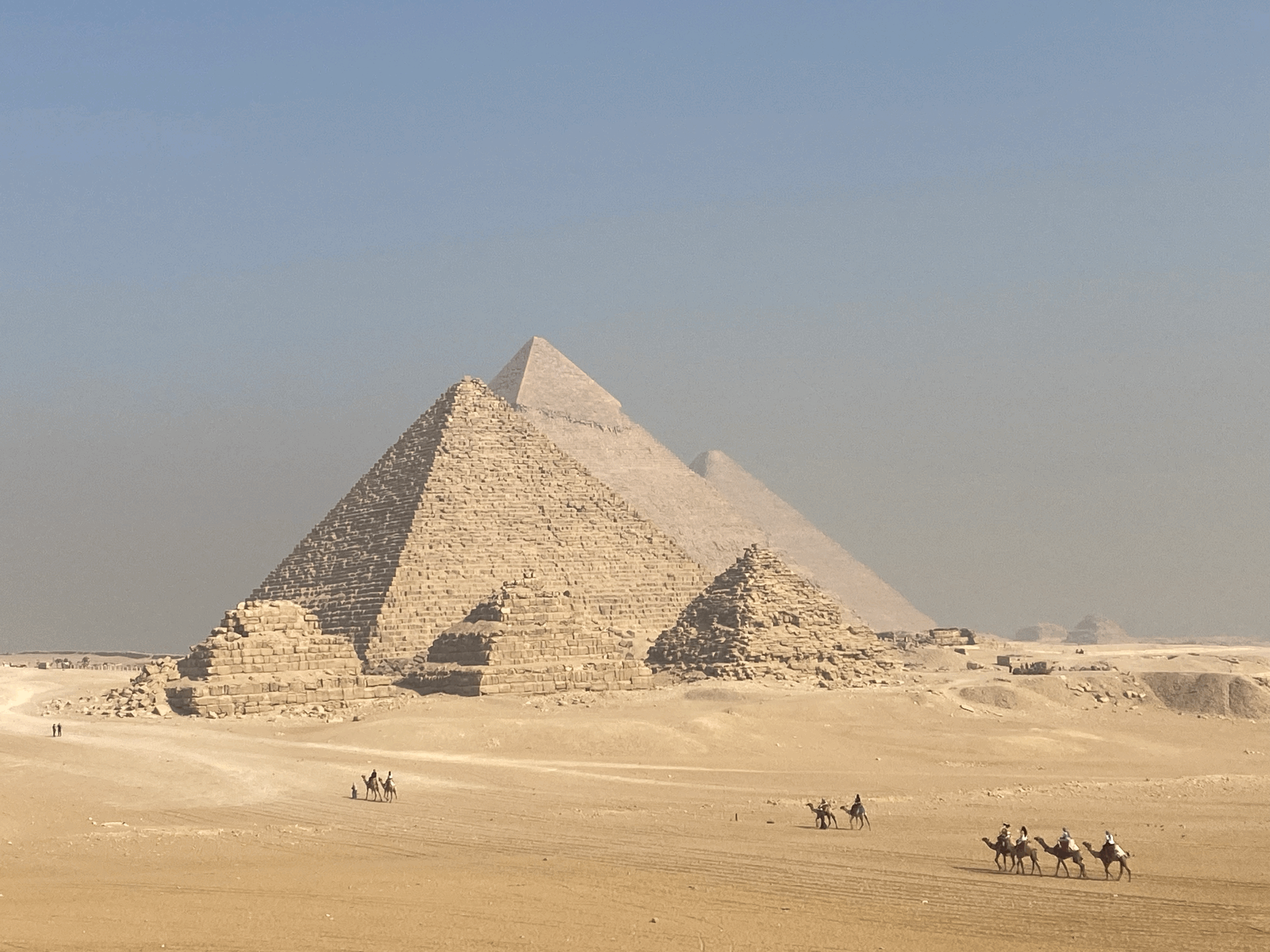Unveiling the Mysteries of the Pyramids: A guide to Egypt’s Ancient Wonders
The Great Pyramids of Giza
Embark on an extraordinary journey as we delve into the fascinating history and architecture of the Pyramids of Egypt. These ancient wonders have captivated the world for centuries, and their construction continues to amaze us to this day. Join us as we unveil the mysteries of the pyramids, provide insights into their construction, and offer essential tips for visiting these iconic landmarks during your Egyptian adventure.
The Historical Significance of the Pyramids
The pyramids are more than just iconic structures; they hold immense historical significance. Explore the ancient Egyptian civilization and the role of the pyramids as monumental tombs for the pharaohs. Learn about the rich symbolism and religious beliefs associated with these monumental structures that have stood the test of time.
The pyramids were built as the final resting places for the pharaohs, the revered rulers of ancient Egypt. These towering structures were constructed to house the pharaoh's body, along with precious belongings and offerings for the afterlife. The pharaohs were believed to ascend to the heavens and join the gods upon death, and the pyramids played a crucial role in facilitating this transition.
Significance in Ancient Egyptian Civilization: The pyramids symbolize the wealth, power, and divine status of the pharaohs. They were built during the Old Kingdom period (around 2686–2181 BCE) and represent a pinnacle of architectural and engineering achievement of the time. The construction of the pyramids required an enormous workforce and extensive resources, reflecting the centralized authority and organizational capabilities of the ancient Egyptian state.
The pyramids are laden with rich symbolism that reflects the religious beliefs and cosmology of ancient Egypt. The shape of the pyramids, with their triangular sides rising to a point, was associated with the rays of the sun and the sun god Ra. The sides of the pyramids were believed to represent the rays of the sun, enabling the deceased pharaoh to ascend to the heavens.
The pyramid complex also incorporated various elements with symbolic meanings. The descending passage into the pyramid represented the pharaoh's journey to the underworld, while the burial chamber symbolized the pharaoh's eternal resting place. The inclusion of intricate carvings and inscriptions within the pyramids depicted scenes from the pharaoh's life, religious rituals, and offerings to ensure their prosperous afterlife.
The pyramids have stood the test of time, defying the ravages of thousands of years. They continue to captivate and inspire people worldwide, serving as a tangible connection to the grandeur of ancient Egypt. Their preservation and study provide invaluable insights into the beliefs, customs, and technological achievements of this remarkable civilization.
Furthermore, the pyramids have become enduring symbols of Egypt itself, drawing millions of visitors each year who seek to witness their magnificence and unravel the mysteries they hold.
The pyramids of Egypt are not just iconic structures; they represent the historical, cultural, and religious heritage of ancient Egypt. As monumental tombs for the pharaohs, they reflect the profound beliefs and practices of this ancient civilization. Through their symbolism, architectural grandeur, and enduring legacy, the pyramids offer a remarkable journey into the rich history and cultural tapestry of Egypt.
Pyramid Architecture and Construction Techniques
Discover the architectural marvels behind the pyramids. Marvel at their precise alignment and mathematical precision, reflecting the advanced engineering skills of the ancient Egyptians. Dive into the construction techniques used, from the labor-intensive process of quarrying and transporting massive stone blocks to the precise arrangement of each layer. Uncover the mysteries surrounding their construction and explore the theories that have been proposed over the years.
One of the most awe-inspiring aspects of the pyramids is their precise alignment with the cardinal points of the compass. The Great Pyramid of Giza, for example, aligns almost perfectly with the four cardinal directions. This remarkable feat demonstrates the exceptional astronomical knowledge possessed by the ancient Egyptians and their ability to incorporate celestial calculations into their architecture.
The construction of the pyramids was a monumental undertaking, requiring intricate planning and remarkable engineering skills. The process involved several key techniques:
Quarrying and Transporting Stones: The ancient Egyptians quarried massive limestone blocks from nearby sources. They used a combination of wedges, chisels, and hammers to separate the blocks from the bedrock. These enormous stones, some weighing several tons, were then transported to the construction site using sledges, rollers, and possibly even a system of ramps.
Precise Arrangement of Layers: The construction of the pyramids involved layering the stone blocks to create the iconic stepped structure. Each layer was carefully placed and aligned to ensure stability and structural integrity. The stones were fitted together with remarkable precision, allowing for minimal gaps between the blocks.
The construction techniques used for the pyramids have sparked numerous theories and debates among experts. One enduring mystery is how the ancient Egyptians achieved such precise alignment and mathematical accuracy without modern tools. Various theories propose the use of advanced surveying techniques, astronomical observations, and a deep understanding of geometry.
The methods employed in raising the massive stones to the upper levels of the pyramids also remain a subject of intrigue. While the exact techniques are not fully understood, it is believed that a combination of ramps, levers, and pulleys may have been utilized.
Over the years, scholars and researchers have put forth several theories to explain the construction of the pyramids. These range from the involvement of extraterrestrial assistance to the use of internal ramps or spiral staircases. Each theory offers its own interpretation and speculation, adding to the allure and mystery of the pyramids.
The architectural marvels of the pyramids continue to astonish and inspire awe. The precise alignment, mathematical precision, and advanced construction techniques employed by the ancient Egyptians highlight their remarkable engineering skills. While the mysteries surrounding their construction persist, the pyramids stand as enduring symbols of human ingenuity and the rich cultural heritage of Egypt.
Tips for Your Visit
Plan your visit to the pyramids with confidence using these essential tips:
Learn about the best time to visit, considering weather conditions and tourist crowds. Our travel experts can help you pick the perfect time for you and coordinate an itinerary that helps you to avoid the busy times that larger groups will be touring.
Hire an expert local guide. This comes with many benefits including access to different pyramids and the nearby Sphinx. A guide will also help you skip the lines and get you much better prices on admission into monuments and museums.
Research recommended vantage points for capturing breathtaking photographs and immerse yourself in the surrounding desert landscape. A good guide can even get you into restricted locations for that perfect shot and help get other tourists out of the frame.
Don't forget to pack essentials such as comfortable shoes, sun protection, and plenty of water!





Exploring the Pyramids’ Surroundings
While the pyramids are undoubtedly the main attraction, the surrounding areas offer additional wonders to explore. Take time to visit the Grand Egyptian Museum to witness the beautifully preserved ancient sun boats discovered near the Great Pyramid. Explore the ancient necropolis of Saqqara and the Step Pyramid of Djoser, showcasing the evolution of pyramid design. Immerse yourself in the history and grandeur of Giza Plateau, where these magnificent structures stand tall.
The pyramids of Egypt are a testament to the ancient civilization's ingenuity and the mysteries that continue to intrigue us today. Unveil the secrets of the pyramids, marvel at their architectural brilliance, and embark on an unforgettable journey into Egypt's ancient wonders. Plan your visit, immerse yourself in history, and create memories that will last a lifetime.
Are you ready to explore the pyramids and uncover the enigmatic allure of ancient Egypt? Book your Egyptian adventure with Charm of the Nile and embark on a remarkable journey to these iconic landmarks.

